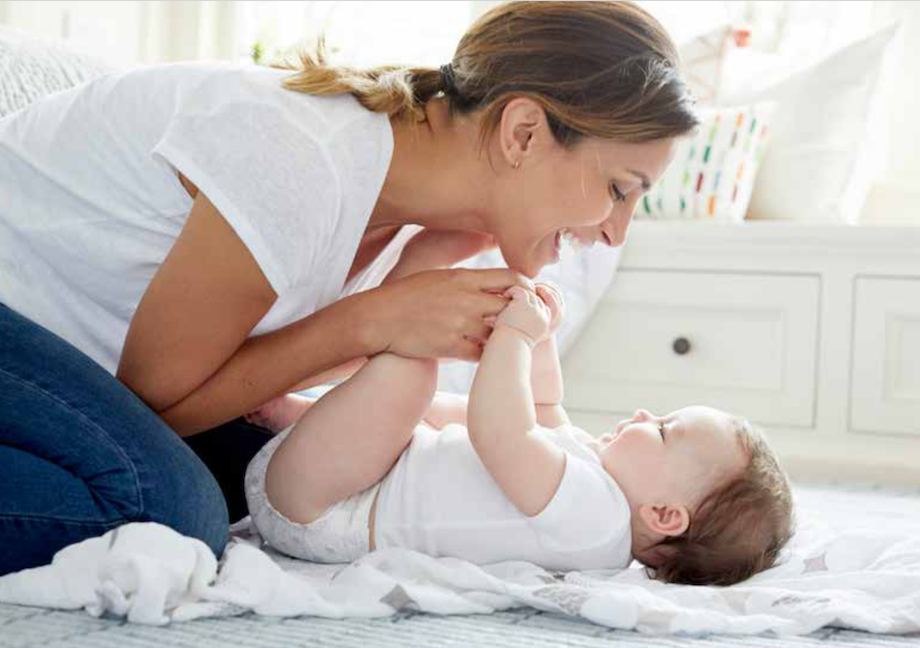Separation from caregivers
From the first days of life, babies recognize their primary caregivers, have a preference for them and know both their voice and smell, preferring them to anyone else. Babies are wired for attachment to their primary caregiver. Being close to a caregiver is the most important source of emotional security for babies and young children.
Most young children show a level of distress when separated from their primary caregiver. Even for apparently independent babies who do not protest, the pain of separation and the failure to have needs for closeness met is significant. Psychological pain registers in the brain in the same way as physical pain. Most parents would never willingly inflict physical pain on their child yet due to our upbringing and cultural values we often regard this sort of emotional reaction to separation as insignificant. The main difference between stress that is tolerable to a baby and stress that is toxic is the presence of a sensitive and responsive caregiver to help deal with that stress.
Parents are not usually able to be with their babies and young children 24 hours a day, 365 days a year, and even momentary separations like mum leaving the room to go to the toilet can cause a protest from the child. Some separation cannot be avoided. What is important is the consistent message and experience the baby is having. The younger the child is, the more essential the constant presence of an attuned primary caregiver.
In our society most people’s home and work environments are separate and social settings are not always child friendly. Parents often feel pressure to push their children to deal with separation prematurely. Some believe children need to learn to handle their distress without comforting and ‘toughen up’ for the real world. Research shows that the opposite is true. It is via nurturing and responsiveness that true independence emerges. Because of the way our society is structured Parents often have to make significant sacrifices to meet their child’s need for closeness.
Information sourced from The Centre of Attachment.





